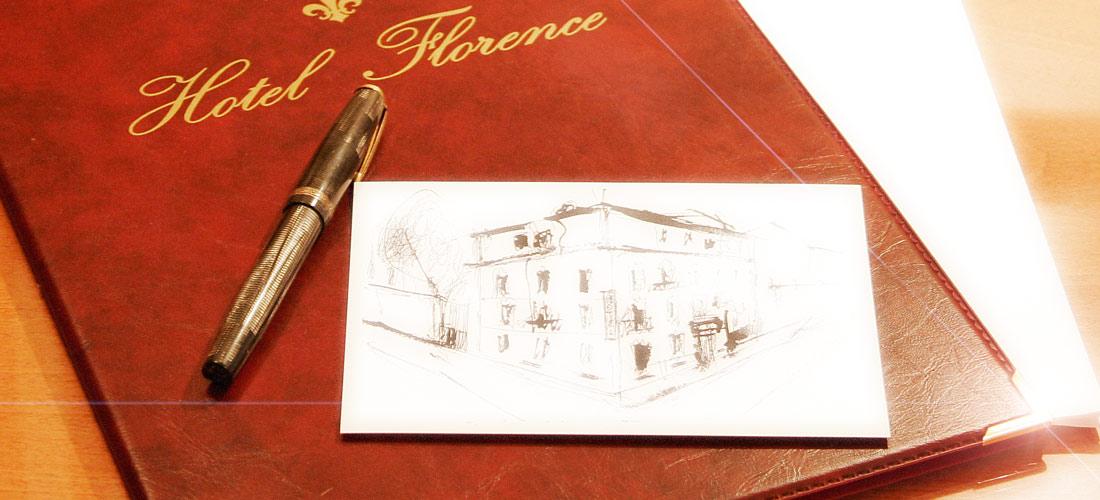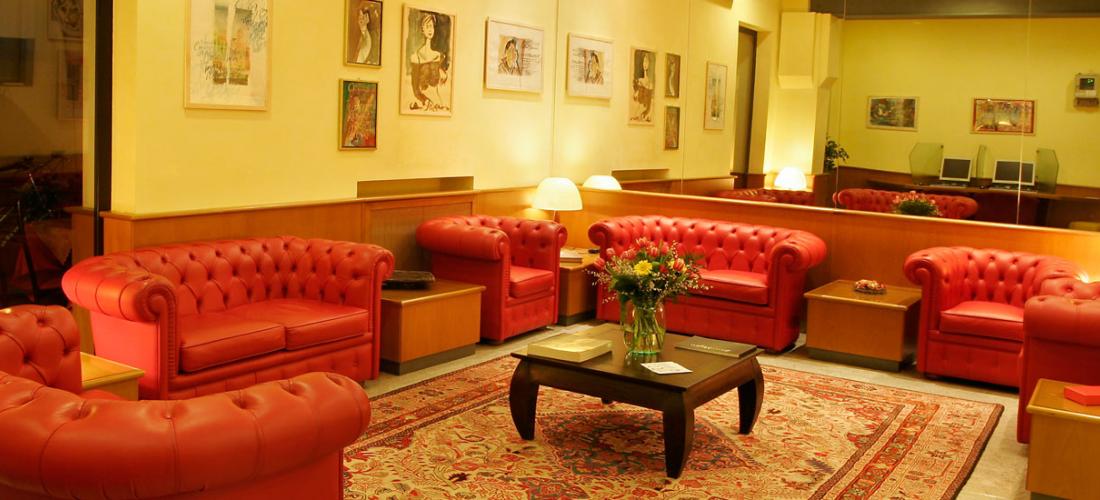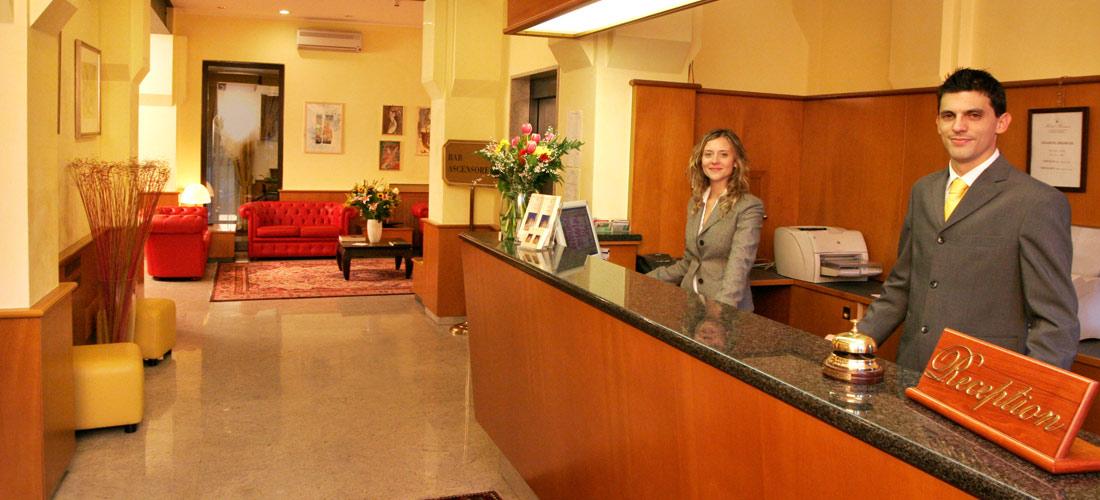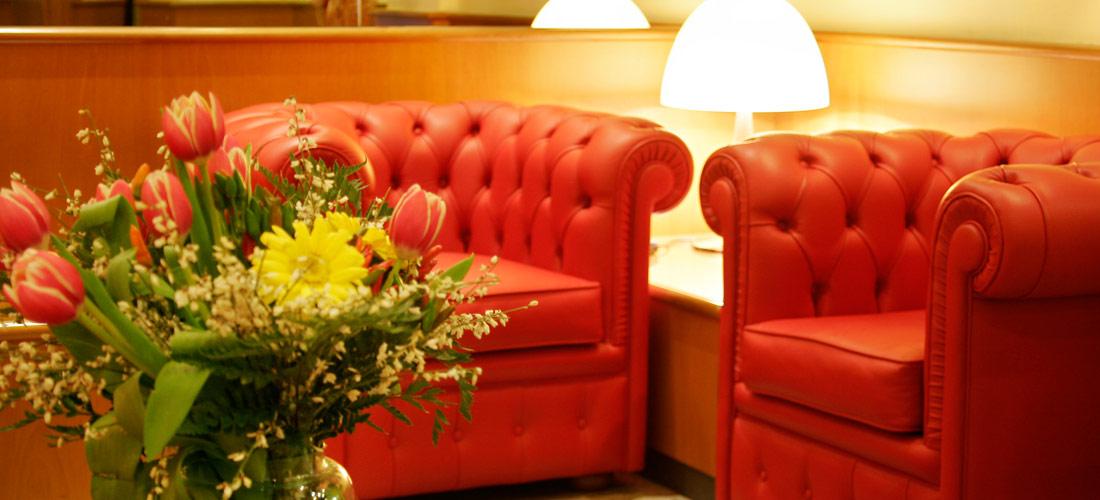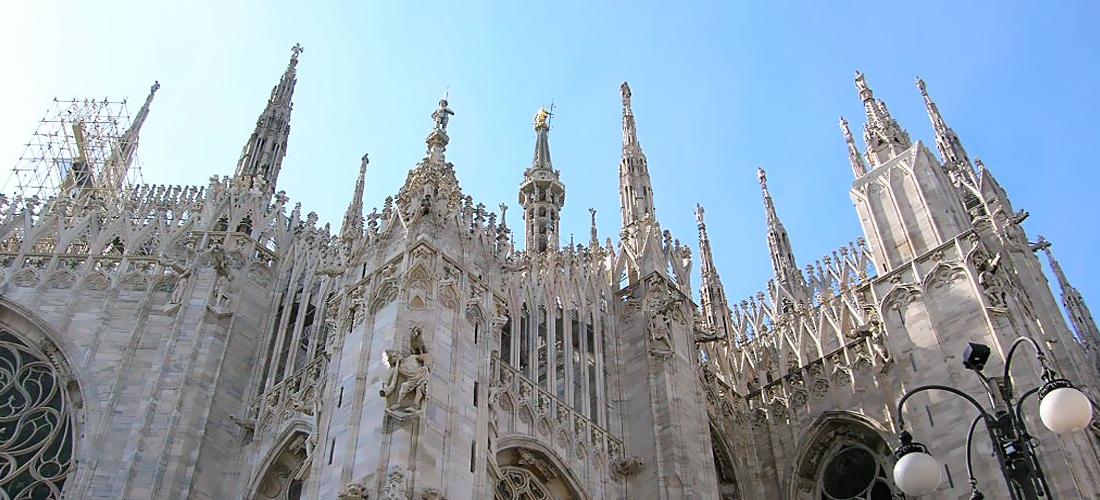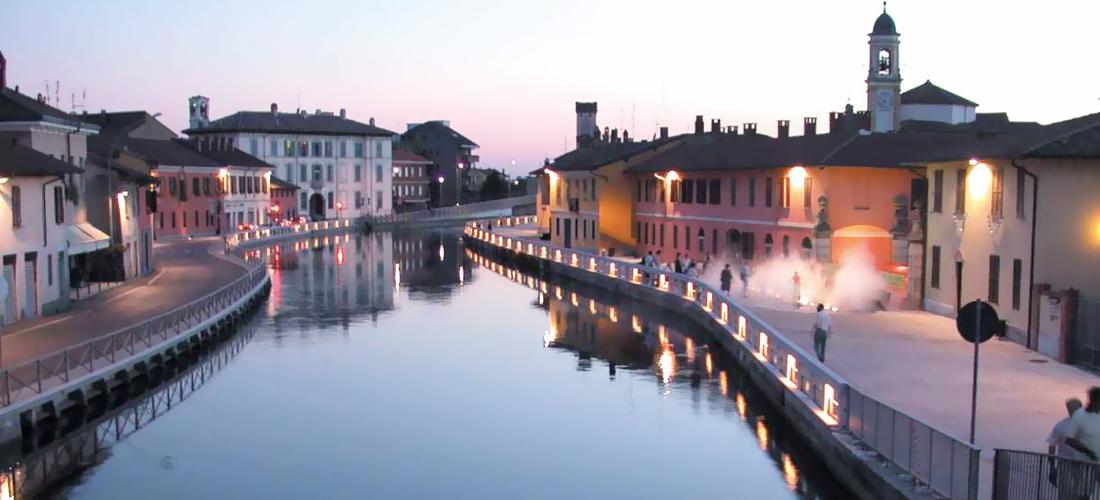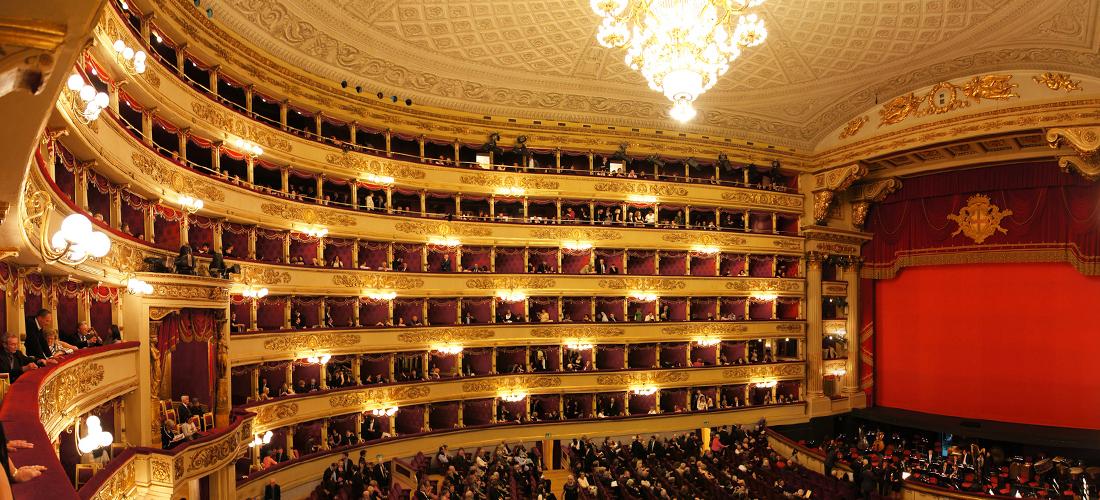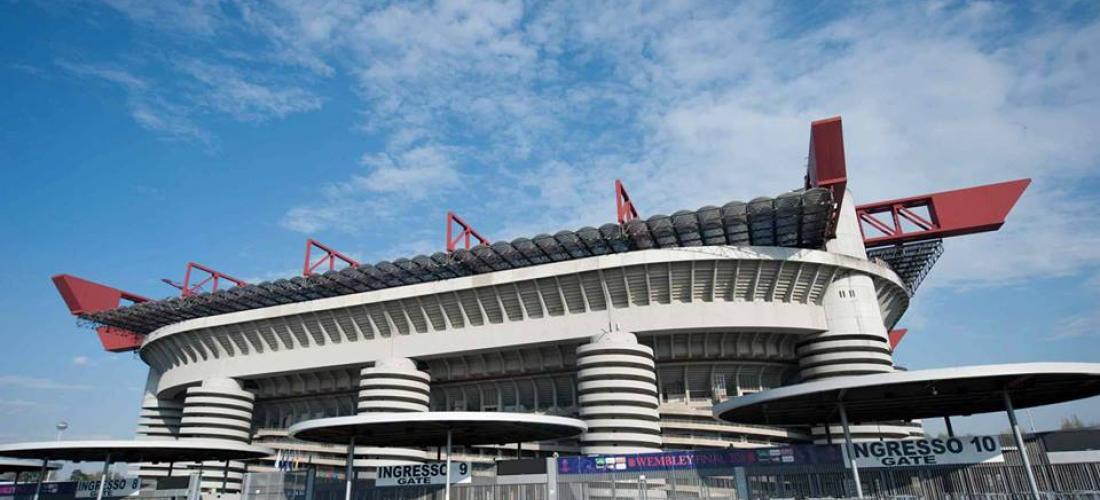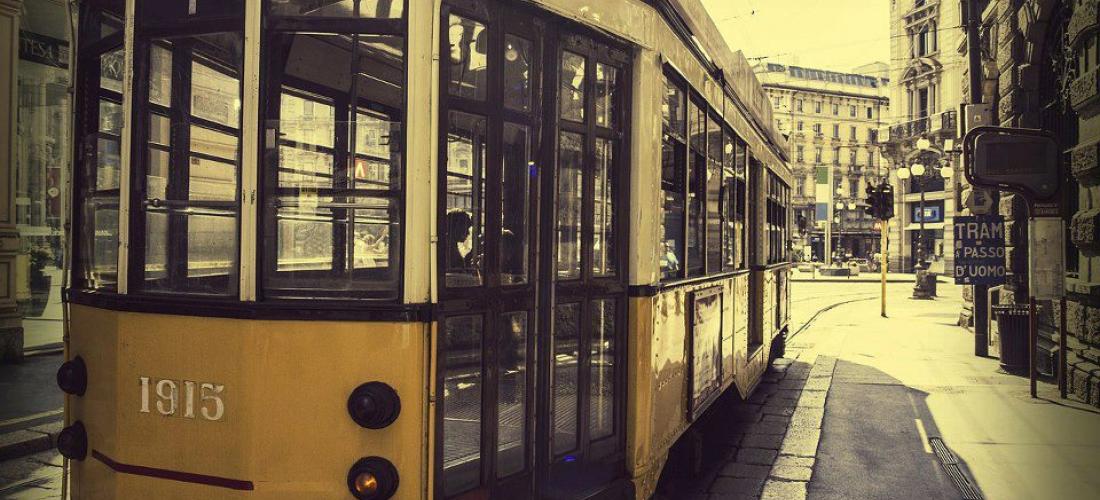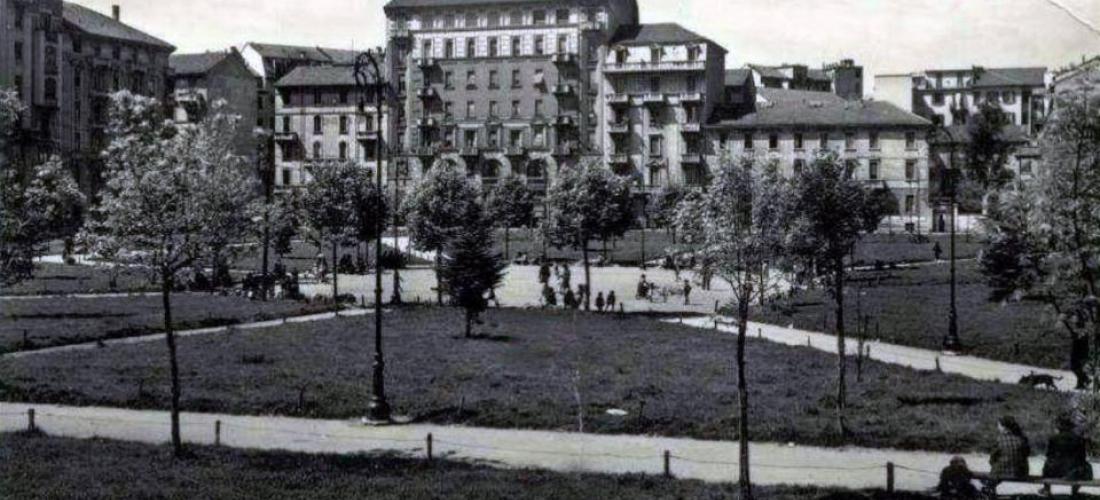Milano Centrale Station
Milano Centrale is the main railway station of Milan, Italy, and one of the main railway stations in Europe. The station is a railway terminus and was officially inaugurated in 1931 to replace the old central station (1864), which was a transit station and could not handle the new traffic caused by the opening of the Simplon tunnel in 1906.
It is served by high speed lines to Bologna (to Rome and Naples) and Turin, and conventional railways to Bologna, Turin, Venice, Genoa, Domodossola (for the Simplon and Bern), Chiasso (for the Gotthard and Zürich Hauptbahnhof) and Lecco.
The first Milano Centrale station opened in 1864 in the area now occupied by the Piazza della Repubblica.[1] It was designed by the French architect Louis-Jules Bouchot (1817–1907) and its architectural style was reminiscent of Parisian buildings of that period. The station was designed to replace Porta Tosa station (opened in 1846 as the terminus of the line to Treviglio and eventually Venice) and Porta Nuova station (opened in 1850 as the second terminus on the line to Monza, which was eventually extended to Chiasso) and was interconnected with all lines, either existing or under construction, surrounding Milan. It remained in operation until 30 June 1931, when the current station was opened. There is now no trace of the old station left.
King Victor Emmanuel III of Italy laid the cornerstone of the new station on April 28, 1906, before a blueprint for the station had even been chosen. The last, real, contest for its construction was won in 1912 by architect Ulisse Stacchini, whose design was modeled after Union Station in Washington, DC, and the construction of the new station began.
Due to the Italian economic crisis during World War I, construction proceeded very slowly, and the project, rather simple at the beginning, kept changing and became more and more complex and majestic. This happened especially when Benito Mussolini became Prime Minister, and wanted the station to represent the power of the fascist regime. The major changes were the new platform types and the introduction of the great steel canopies by Alberto Fava; 341 m (1,119 ft) long and covering an area of 66,500 square metres.
Construction resumed in earnest in 1925 and on July 1, 1931 the station was officially opened in the presence of Foreign Minister Galeazzo Ciano. Its facade is 200 metres wide and its vault 72 metres high, a record when it was built. It has 24 platforms. Each day about 330,000 passengers use the station, totalling about 120 million per year. The station has no definite architectural style, but is a blend of many different styles, especially Liberty and Art Deco, but not limited to those. It is adorned with numerous sculptures. “The ‘incongruous envelope of stone’ (Attilio Pracchi) of this gigantic and monumental building dominates Piazza Duca d’Aosta.”
On September 25, 2006, officials announced a €100 million project, already in progress, to refurbish the station. Of the total cost, €20 million has been allocated to restore "certain areas of high artistic value" while the remaining €80 million will be used for more general improvements to the station to make it more functional with the current railway services. The project includes moving the ticket office and installing new elevators and escalators for increased accessibility.
The station has 24 tracks. Every day about 320,000 passengers pass through the station using about 500 trains, for an annual total of 120 million passengers. The station is served by national and international routes, with both long-distance and regional lines. Daily international destinations include Bern, Lugano, Geneve, Zurich, Paris, Wien, Barcelona and Munich.
The station is also connected to Milan-Malpensa Airport through the Malpensa Express train service.
How to go from the Central station of Milan to Hotel Florence:
From the Centrale station, you can take the green line of the subway (in the direction of Cologno Nord or Gessate) and get off at Loreto (Viale Abruzzi exit). When you are in Viale Abruzzi, go ahead for about 70 yards and then turn left into Via Pecchio. Go straight on as far as Piazza Aspromonte, where you will find the Hotel Florence, at n° 22. It will take you approximately 4 minutes on foot from the subway station.


